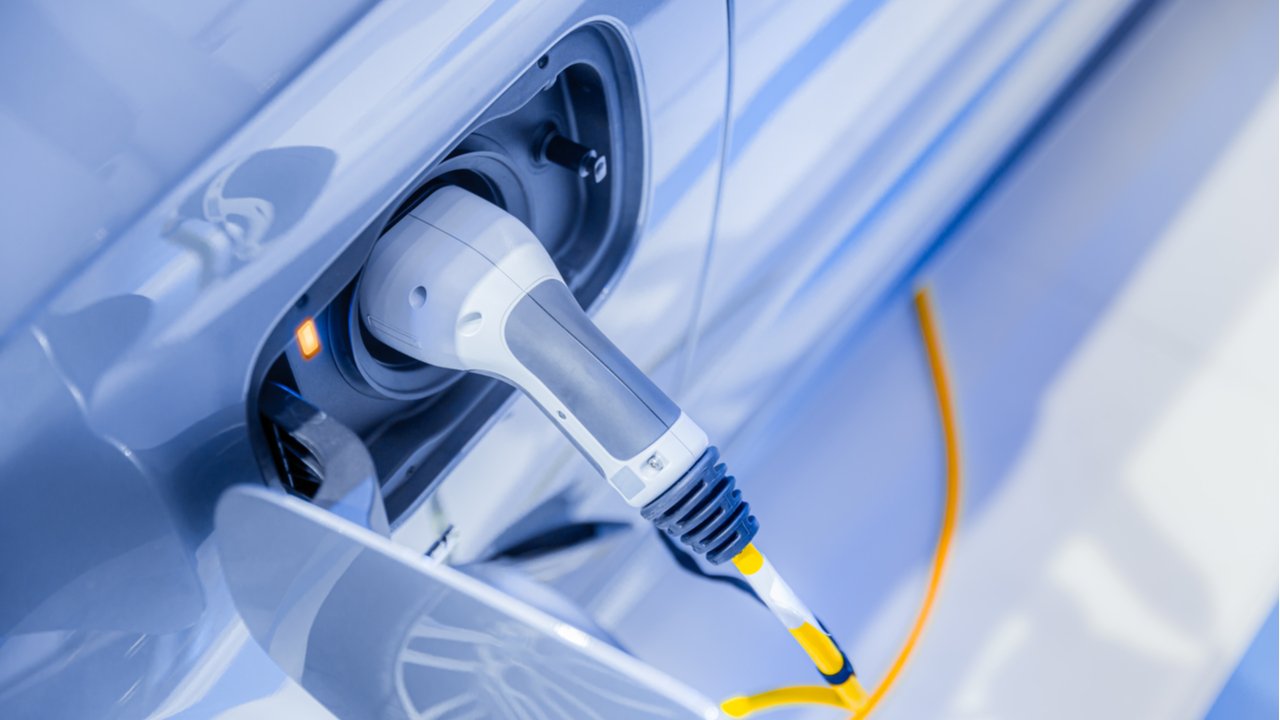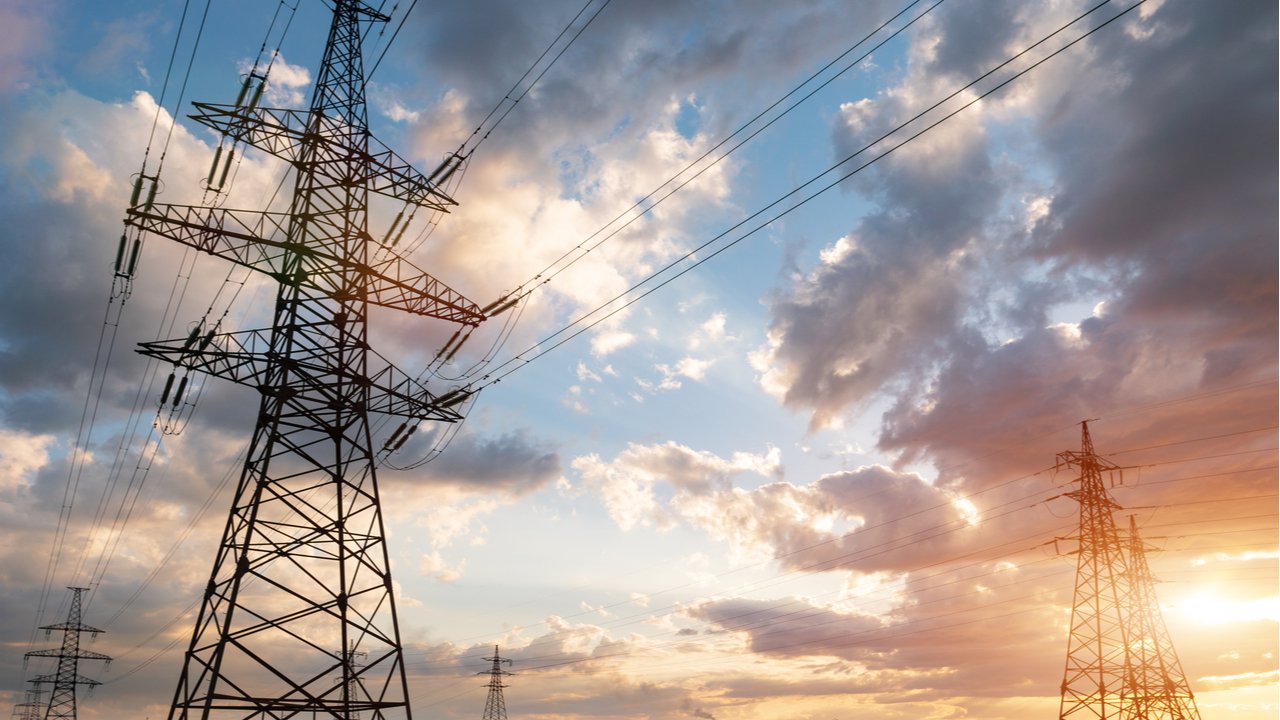This website uses cookies so that we can provide you with the best user experience possible. Cookie information is stored in your browser and performs functions such as recognising you when you return to our website and helping our team to understand which sections of the website you find most interesting and useful.
With around 800 charge points added every month, the UK’s public electric vehicle (EV) charging infrastructure is expanding at pace. For domestic EV owners, most charging still takes place at home, where rates are more affordable. Commercial fleet operators will also look to take advantage of cheaper charging by installing private on-site charging as fleets make the switch from fossil fuels to electric over the coming decade.
However, while still in its relative infancy, the EV charging landscape is quickly changing, and EV designers face a series of complex considerations and challenges when designing future-proofed infrastructure. There are already several different charging standards on the market connecting high-speed DC chargers and slower AC units to vehicles. Vehicles have varying capacity and power demands, and there’s also a need to accommodate the unprecedented power requirements of commercial HGVs and buses in the future.
Engineers must also consider whether power is sourced from the grid or a local source and whether chargers should be able to return power to the grid when needed through bidirectional charging. Design often comes down to balancing requirements against cost, complexity, and value.
Charging requirements: AC Vs DC
While charging capacity varies from unit to unit, EV chargers fall broadly into two categories. AC units offering up to 7kW powered by the single-phase mains connection in most EV owners’ homes are the most common. Outside the home, AC charging can reach up to 22kW from a converted three-phase supply. High power DC units offering up to 350kW and much faster charging times will be crucial for future infrastructure as fleet owners look to extend fleets’ range with shorter charge times.
But there are tradeoffs to the increased power offered by DC units: With rectification circuits on board, DC unites are much larger than AC units and require robust protection against ground faults and short circuits. Engineers must also consider the distance between the unit and the closest urban substation, which could place limitations on available power.
Charging time
For drivers and fleet owners, charge time is a more critical metric than power output. And reducing charge time while extending vehicles’ range remains the most significant challenge on the road to mass EV adoption.
AC chargers can draw power from the national grid without requiring large AC-DC rectification circuits. But while they’re more compact than DC units, they’re also much slower. With outputs in the range of 7-20kW, AC chargers can take 10-12 hours to give a full charge. This makes AC chargers the perfect solution for overnight charging but not rapid enough to meet commercial fleet owners’ long-range demands under time pressure.
On the other hand, DC units reduce the time to full charge exponentially, with the fastest 350kW chargers now able to do so in under 10 minutes. Most domestic EV drivers rely on slow home charging with regular top-ups at rapid DC stations on journeys. Fleet owners who want to sidestep the expense and technical challenge of on-site DC installation may consider a similar approach.

Size and weight limitations
DC chargers achieve quicker charge times by bypassing vehicles’ chargers. But this means rectification must take place inside the unit. So while AC chargers are compact enough to fit discreetly and unobtrusively on the driveway of any suburban home, DC units tend to be much larger.
Technology is rising to the demand for more DC facilities with increasingly compact power components. The latest generation of DC chargers packs a power density several times in the order of the previous generation and charging times of under five minutes into a square metre of floor space. More innovation is needed if DC chargers are to match their AC counterparts in size. With many in the automotive industry calling for more focus on DC charging so manufacturers can make weight and range improvements by removing vehicle-side hardware, this may become a reality.
Charging standards – CHAdeMO Vs CCS
As with any technology in its infancy, several varying charger connection types initially competed to become the standard. While there are still technically several varieties of connections available, the field is down to two competitors in the form of Combined Charging System (CCS) and Charge de Move (CHAdeMO).
All UK and EU vehicles feature a seven-pin type-2 connector that allows them to connect to a compatible AC home-charging unit. For faster DC charging on the public network, vehicles also have a CCS or CHAdeMO socket. CCS connectors combine a type-2 and DC socket into one integrated nine-pin connection for home charging and DC charging on the road. Rival CHAdeMo connections offer only DC charging and always accompany a separate type-2 vehicle-side socket.
Manufacturers appear to favour the CCS connection, which is fast overtaking CHAdeMO as the EU and UK standard. However, CCS’s lead is despite a major technical disadvantage to CHAdeMO: There are still technical challenges to overcome before bi-directional CCS charging becomes more widely available. Only a few CCS-equipped vehicles can currently return power to the network with vehicle-to-grid or home (V2X) charging when needed.
Most public UK charge points offer multiple types of connections to cater for the array of legacy connections still on the road.
Balancing the grid
While bidirectional CCS charging is still a rarity, the race is on to make the technology more widespread. CharIN, the worldwide initiative to establish CCS as the global standard for EV charging, has set out a roadmap for CCS to be on par with CHAdeMO from 2025.
The implications of V2X functionality are game-changing. With the right tech in place, vehicle-to-grid (V2G) will allow fleet operators to sell power to the grid when demand is high. Meanwhile, vehicle-to-home (V2H) charging offers the possibility of powering homes or commercial premises for days at a time when power is unavailable from the grid.
Currently, there are still technological hurdles to overcome before the grid is fully prepared for V2X. Nevertheless, engineers should consider how to future-proof charging infrastructure ready for rollout.

Smart charging
Smart charging lets drivers and fleet operators benefit from reduced energy tariffs by charging when the energy demand is lowest while also reducing the strain on the grid. For smart charging to be effective, the EV and the charging unit must be able to receive data from power suppliers. The continued development of vehicle and charger-side machine-to-machine (M2M) communication systems will be vital to ensuring smart charging becomes more commonplace.
However, in the UK, the government’s market-led approach to smart infrastructure provision has been largely consumer and market-led, resulting in a lack of clear industry standards for the tech, so the rollout has been relatively slow. Infrastructure engineers will need to weigh up and overcome the cost and technical challenges of smart charging on a per-project basis if fleet owners and energy companies are to enjoy the benefits.
Options for fleet owners – talk to Dalroad
There is no doubt that all fleet operators should now be preparing for the move to vehicle electrification that will take place over the coming decade. How they do so will mean balancing a complex series of considerations about the required specs of charging infrastructure against the cost and technical challenge of integrating features like bidirectional and smart charging.
For independent unbiased advice on the charger and vehicle-side components to future-proof your EV power projects, get in touch with Dalroad’s in-house engineers.

